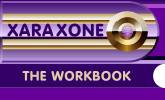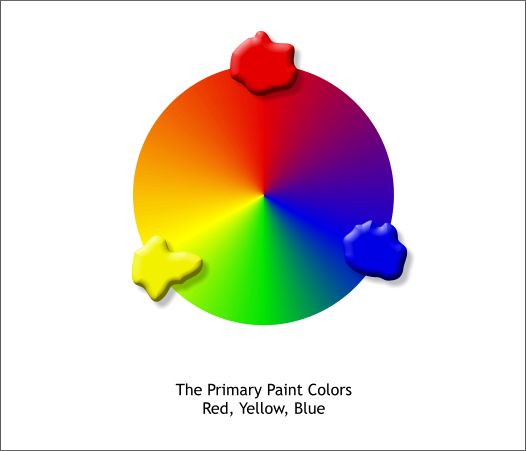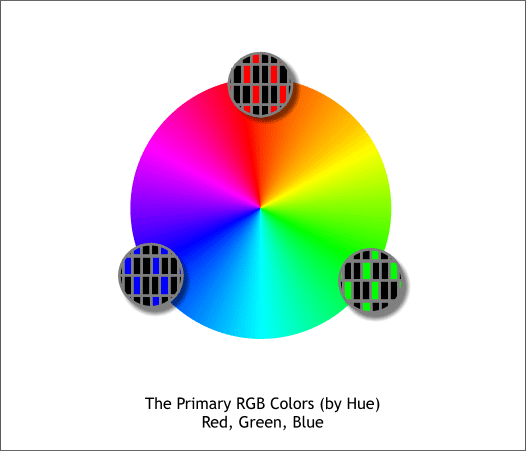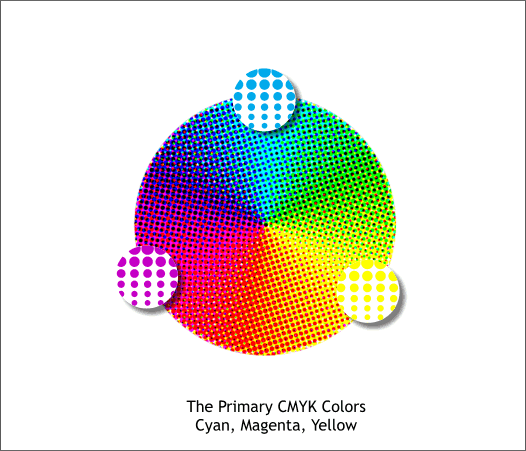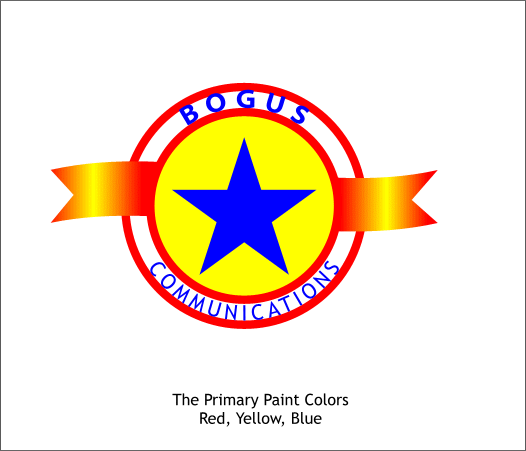|
|
|
3 Different Color Wheels
Back in art school, in the days before the computer came along to confuse us, the color wheel was made up of colors mixed from paint (or pigment as my instructors taught). The 3 primary colors, colors which could not be mixed from any other colors but from which all other colors could be mixed, were red, yellow and blue. In reality, the primary colors were closer to the printing colors of cyan, magenta and yellow. If you mix red and blue paint for example, you really get a dark muddy color. If the red is more like magenta and the blue is more of a peacock blue, or cyan like, you get a nice saturated violet. Likewise if you mix a cool yellow (skewed toward green) and peacock blue, you get a nice rich green. But in theory, it worked. Kind of. NOTE: Paint and CMYK colors are not as bright and vibrant as colors displayed on your computer monitor. There are many reasons for this but the main reason has to do with gamut, the number of colors that can be produced in a specific color space. RGB has a much larger gamut than paint or CMYK color.
Computers mix RGB colors (actually combinations of red, green, and blue phosphorescent pixels) to create millions of colors. The color wheel shown above is arranged by Hues , another name for colors. The color wheel is broken into 360 hues. The numbers, by which each Hue is represented, increase in a clockwise direction starting and ending with pure 0óred. Each color also has a Value (the amount of blackness) and Saturation (the amount of whiteness) factor, which we will cover later on.
The colors on the color wheel for the 3 primary process printing colors, cyan, magenta, and yellow are more subdued than the same colors seen in Xara's screen palette. This is because CMYK colors have a more limited gamut (the total number of colors that can be produced in the printing process). Full color images seen in magazines and brochures are printed, for the most part, in CMYK color. Occasionally additional colors are used to increase the color gamut. These are also referred to as a "touch plate" where by a certain color, Rhodine Red for example, is added to increase the depth and intensity of the red produced with magenta and cyan.
The logo, shown here, uses a palette of primary (paint) colors.
|
||
|
|
